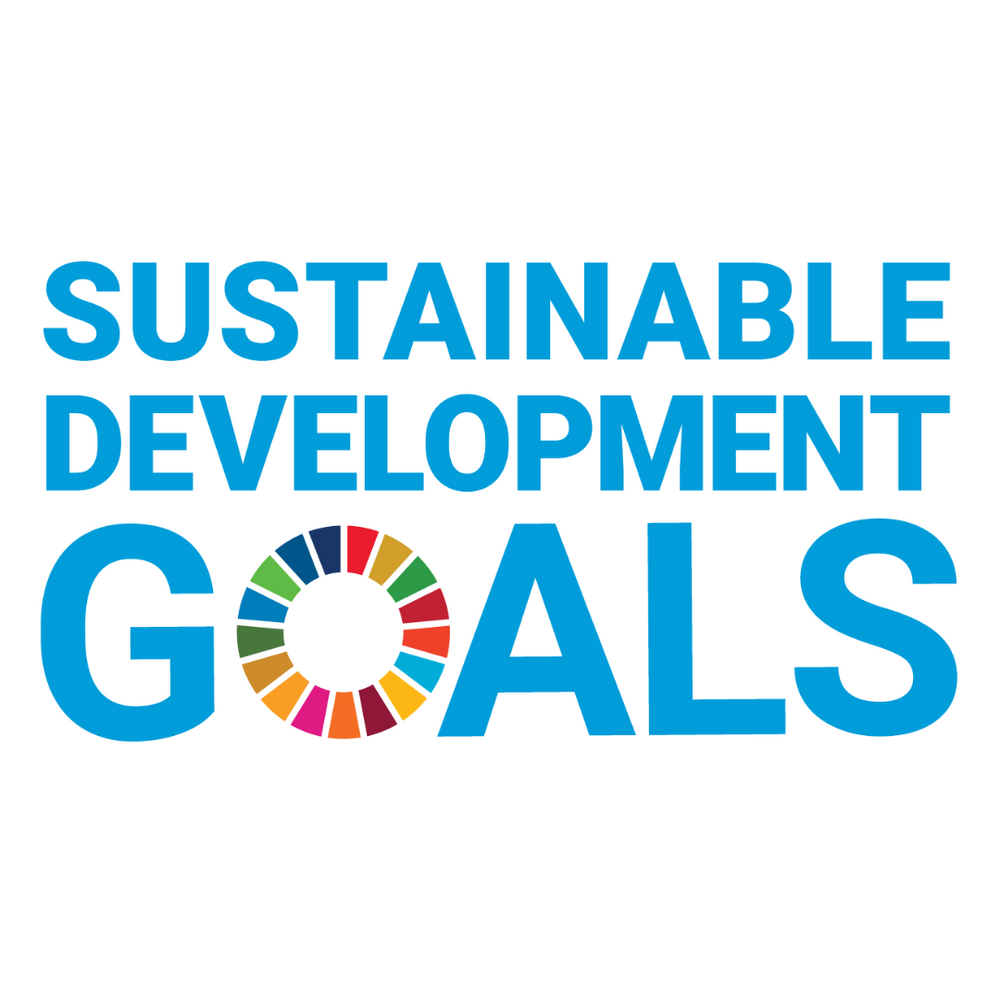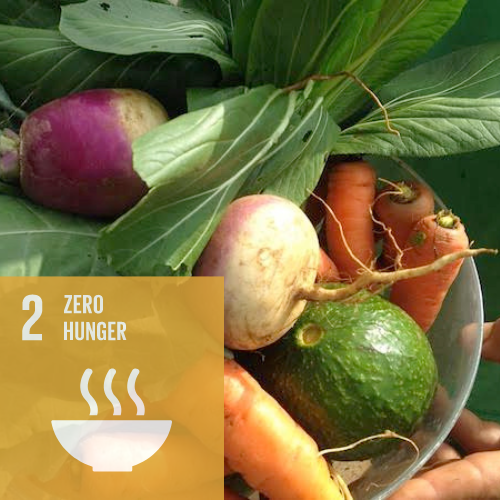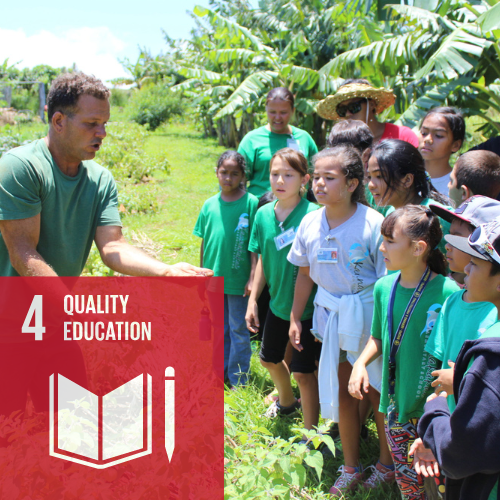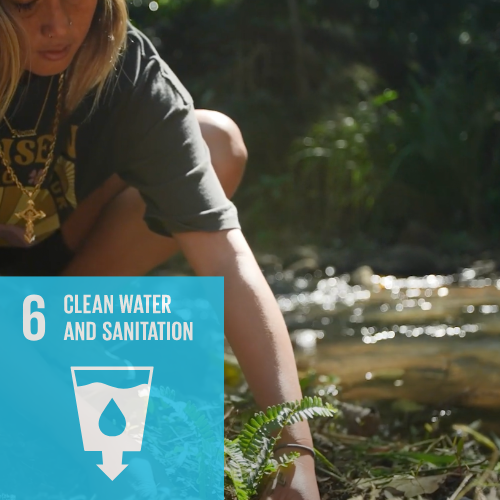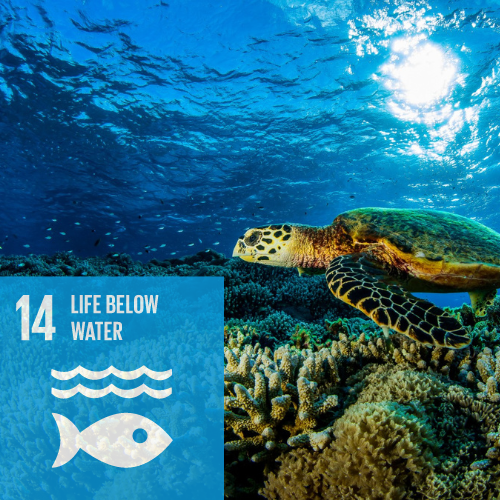
Maui Coastal Watershed
This page details the UN Sustainable Development Goals being addressed by the SeaTrees project in the HO’OWAIWAI Watershed on Maui, Hawaii.
Sustainable Development in Maui, Hawaii
SeaTrees has partnered with Regenerative Education Centers (REC) to support the regeneration of critical coastal watershed systems, known in the Hawaiian language as an Ahupua’a, in Maui, Hawaii. This project protects 10,000 sq-ft of the HO’OWAIWAI Watershed.
The two Mokus (or districts) within the Ahupua’a coastal watershed systems, Maliko Gulch and Launiupoko, have faced decades of mismanagement. In Maliko Gulch, the valley within the gulch served as a dumping ground for the past 100 years.


